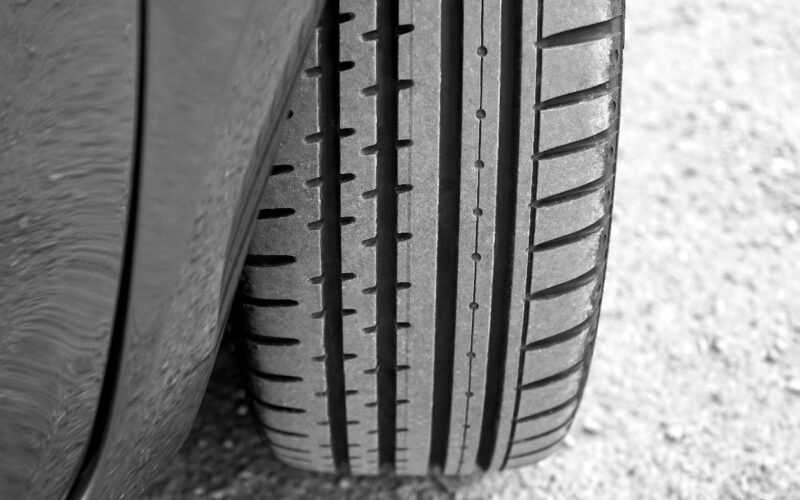When you’ve just earned your first driver’s license there’s still a lot to learn about cars and driving.
Some things you’ll pick up with experience, others you can get to grips with right now. One of these is what tires to buy for your car. This is an important lesson to learn.
It’s not just because your tires form the point of contact with the surface you’re driving on, they also influence many other things too. By choosing the wrong ones it could affect everything from the handling of your car to its fuel economy. It could even lead to innacurate readings from your speedo.
What types of tire are there?
This is a big question to answer. That’s because you’ll find a huge number of different types out there from a countless number of manufacturers.
But, on the simplest level, there are three main categories that most tires fall under.
The first of these, and the most commonly-fitted, are called all-season tires. As the name suggests these are intended for use all year round, giving reasonable grip on wet, icy and muddy surfaces in the winter. In summer and spring they are quiet on the road and offer good handling qualities.
Then there are winter tires. These have a deeper, more pronounced tread and provide all the grip most cars need to get through the icy months of the year. Because they are specifically designed for this they fare less well on dry surfaces. So owners tend to swap them for all-season or summer tires at other times of the year.
This is when the summer tire can come into play. Designed for warm, dry conditions, if you still have these on the car once fall comes around, expect a slippery ride!
Depending on which tires to choose or need for your specific vehicle, the price will vary. Make sure to have a healthy financial budget when buying tires so that you are not put in a bad position.
Choosing a tire brand
If the time comes to change a tire, or tires, first check what size and speed rating the car manufacturer recommends. You’ll find this in the handbook or on an information panel in the car.
In terms of brand, the choice is huge. But, as a new driver you’ll probably be looking to keep the cost down. So shop around for low priced tires and go for ones that come with good reviews or recommendation online.
These are likely to be just as safe to drive on as more expensive brands but they may wear down a little sooner and need to be replaced more often.
When do you need new tires?
One of the first things to learn is how to judge if you need new tires at all.
There are a number of warning signs to watch out for. The first is how much tread you have left on each one. There are different legal limits in some states but, in the main, the minimum tread depth needed is 1/16th of an inch. You can get a rough indication of whether yours are fit by doing the so-called “penny test”. As the name suggests, this entails slotting a penny, Lincoln’s head first, into the tread. If you can still see the top of the president’s head, it’s time to fit new tires.
Other signs that a change is due is if the tread is worn unevenly or if there’s perishing, damage or bulges to the side walls of your tires.
Maintaining the condition of your tires
One of the most important ways to prolong the life of your tires is to ensure that they are always at the correct pressure. This can also be checked in the handbook and there are likely to be different choices depending on how heavily-laden the car might be.
Checking the pressure is easy and it’s something you should do every couple of weeks.
So happy driving, and here’s hoping that it’s going to be many more miles until you need to replace any of your tires.




